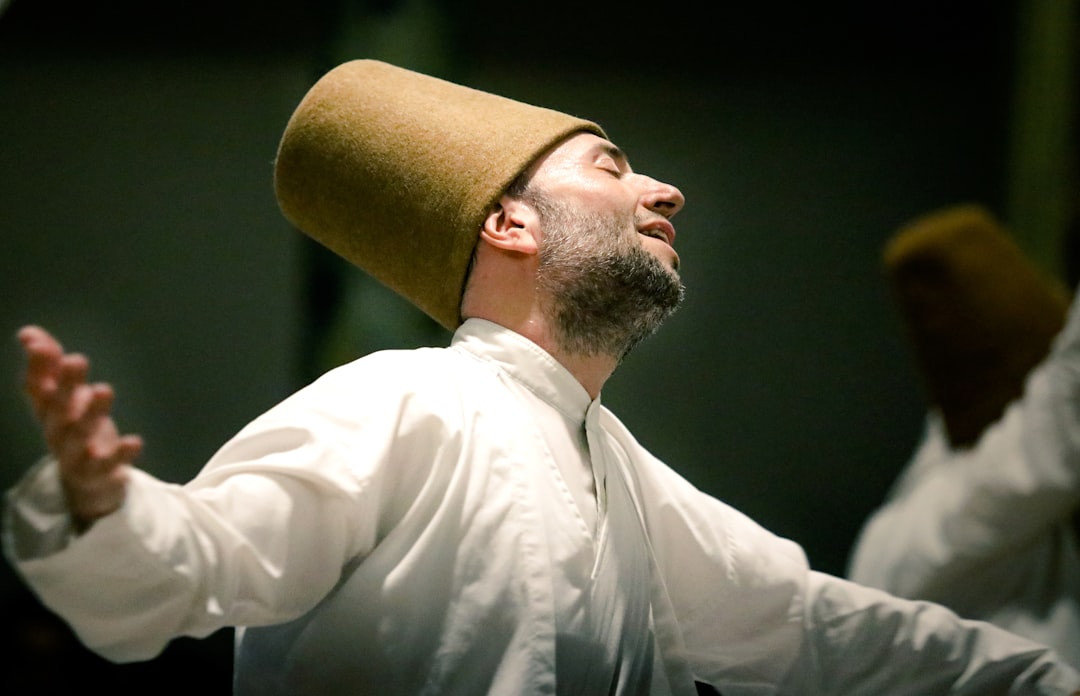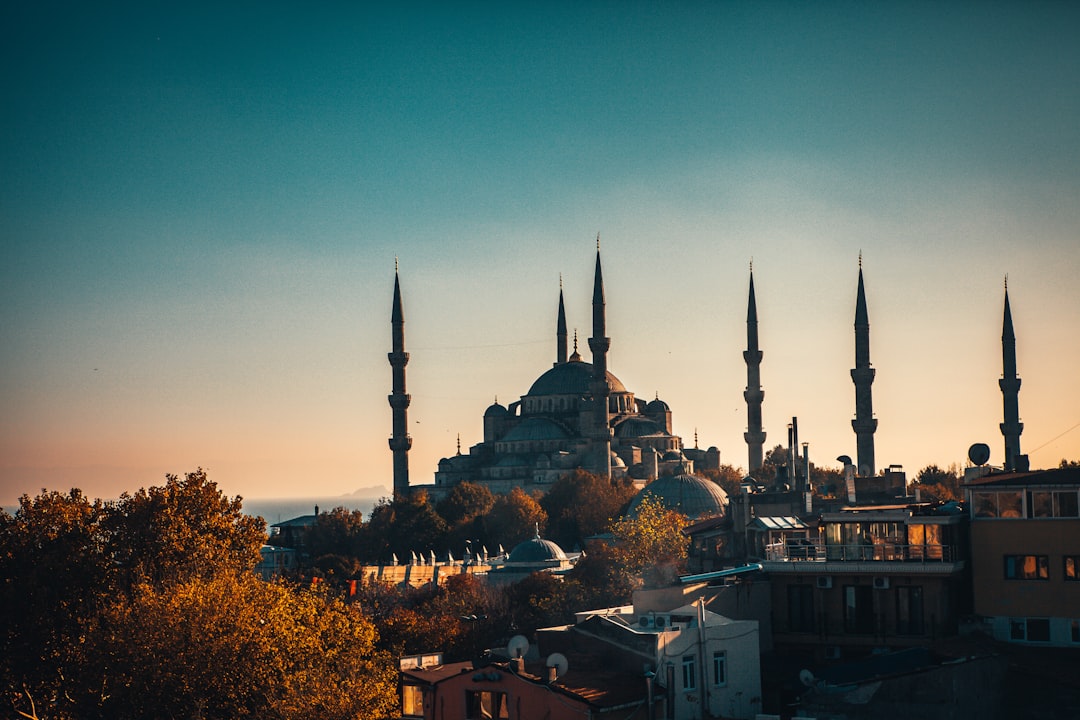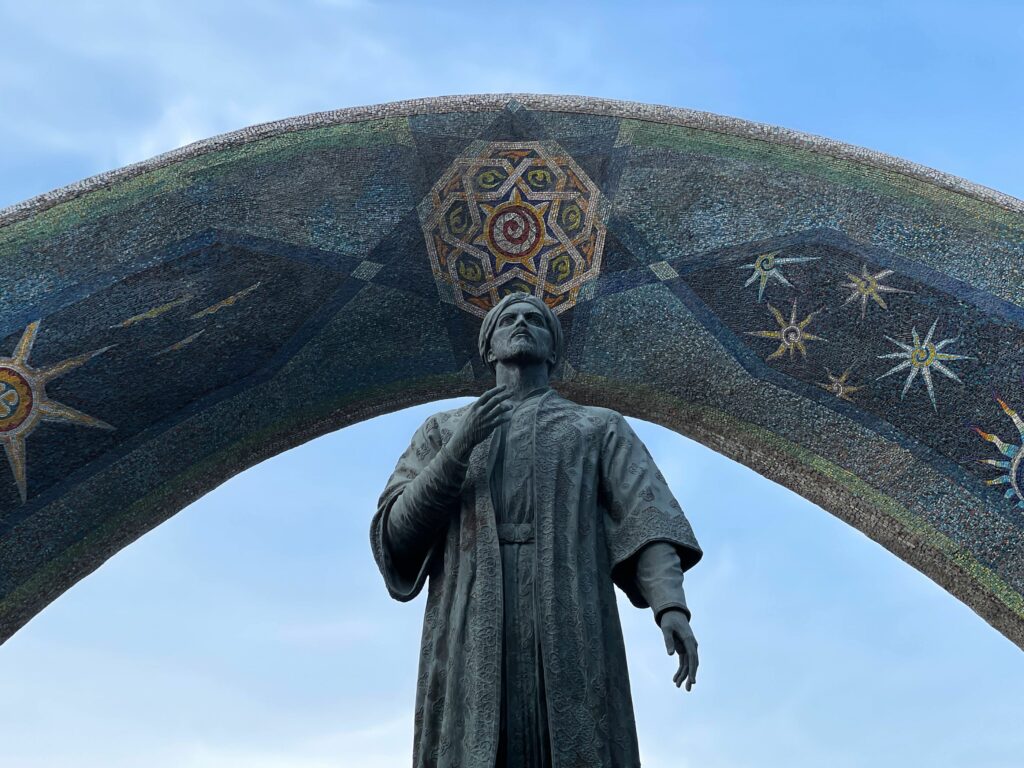The historical influence of Persian literature on Turkish culture constitutes a millennium-long process of linguistic, artistic, and intellectual synthesis. From the Samanid-era revival of Persian as a literary lingua franca to the Ottoman Empire’s adoption of Persianate courtly norms, this cross-cultural exchange shaped Turkish identity, governance, and spiritual expression. The interplay between Turkic political power and Persian literary prestige created a hybrid tradition that redefined Anatolia’s cultural landscape.
Foundations of the Turco-Persian Symbiosis
The Samanid Blueprint for Cultural Synthesis
The Samanid dynasty (819–999 CE) established Persian as the administrative and literary language of Khorasan, reviving pre-Islamic Iranian identity through texts like Ferdowsi’s Shahnameh (Book of Kings)1. By translating Arabic scholarly works into Persian and patronizing poets such as Rudaki, the Samanids positioned Persian as the vehicle for both bureaucratic efficiency and cultural prestige. This model was later adopted by Turkic dynasties like the Seljuks, who inherited Samanid administrative structures alongside their literary traditions.
Linguistic Hybridization and Lexical Borrowing
Ottoman Turkish absorbed over 600 Persian loanwords, particularly in governance (divan, ferman) and spirituality (namaz from Persian namāz for prayer). Persian grammatical structures, such as the ezafe construction (şehr-i İstanbul instead of İstanbul şehri), permeated Ottoman bureaucratic and poetic language, creating a layered linguistic identity. This lexical fusion enabled Turkish elites to articulate complex administrative and mystical concepts through Persian-derived terminology.
Literary and Administrative Permeation
Seljuk Patronage of Persianate Arts
Under the Seljuks (1040–1118), Persian became the language of statecraft, with viziers like Nizam al-Mulk authoring political treatises such as the Siyasatnama (Book of Government) in Persian. The Seljuks of Rum in Anatolia further entrenched this tradition, fostering poets like Rumi, whose Masnavi—composed in Persian—became a cornerstone of Sufi thought in Turkey. Madrasas in cities like Konya taught Persian alongside Arabic, ensuring its dominance among scholarly elites.
Ottoman Historiography and Persian Models
Ottoman historical writing, particularly from the 15th century, drew heavily on Persian epic conventions. Works like Tāceddin Ibrāhim Aḥmedi’s Dāsitān-i Tevāriẖ-i Müluk-i Āl-i ʿOsòmān (Epic of Ottoman History) mimicked the Shahnameh’s stylized narratives to legitimize Ottoman claims to universal sovereignty. Sultans such as Süleyman the Magnificent engaged in poetic dialogue with Persian masters, composing ghazals in response to Hafez’s verses to assert cultural parity.
Spiritual Synthesis: Sufism and Persian Poetic Mysticism
Mevlevi Rituals and Rumi’s Legacy
The Mevlevi order, institutionalized under Ottoman patronage, centered its rituals around Rumi’s Persian poetry. The sama (whirling ceremony) incorporated recitations of the Masnavi, blending Persian lyrical motifs with Turkic shamanistic dance traditions. Endowments to Mevlevi lodges ensured that Persian mystical texts remained central to Anatolian Sufism, even as Turkish supplanted Persian in secular contexts.
Yunus Emre and the Vernacularization of Sufism
While Persian dominated elite discourse, 13th-century poets like Yunus Emre synthesized Persian Sufi themes with Turkish folk traditions. His verses, composed in vernacular Turkish, adapted Rumi’s concepts of divine love (aşk) while incorporating Central Asian shamanistic imagery, exemplified by lines like “I am a mountain pilgrim / My staff a saz, my guide love”. This duality reflects the osmotic exchange between high Persian literature and Turkic oral traditions.
Ottoman Court Culture: Persian as a Diplomatic Currency
Imperial Correspondence and Poetic Diplomacy
Persian remained the preferred language for Ottoman correspondence with Safavid Iran, exemplified by Sultan Selim I’s poetic exchanges with Shah Ismail. These dialogues, often structured as reciprocal ghazals, served both cultural and geopolitical ends, positioning the Ottomans as heirs to Persianate civility. Court poets like Fuzuli mastered both Persian and Turkish, producing parallel divans (poetry collections) that navigated the empire’s bicultural identity.
Architectural and Ceremonial Persianisms
Ottoman palace architecture, notably the Topkapı’s divanhane (council chamber), incorporated Persian-inspired arabesques and inscriptions from Saadi’s Gulistan. Ceremonial protocols, such as the use of Persian honorifics (şah-i cihan, “king of the world”) during accession rituals, reinforced the dynasty’s connection to Persianate kingship ideals.
Conclusion: The Persianate Lens in Turkish Self-Fashioning
The Ottoman embrace of Persian literature was neither mere imitation nor superficial appropriation. By adopting Persian as a language of power and mysticism, Turkic rulers positioned themselves within an Islamicate civilizational framework that transcended ethnic boundaries. This legacy persists in modern Turkey’s reverence for Rumi and the continued use of Persian loanwords in daily speech—a testament to a cultural symbiosis that redefined Anatolia’s artistic and intellectual horizons. As Süleyman’s homage to Hafez illustrates, Persian literature provided Turkish elites not just with aesthetic models, but with a lexicon of sovereignty that endures in Turkey’s geopolitical self-conception.
Citations:
- https://en.wikipedia.org/wiki/Turco-Persian_tradition
- https://www.danielpipes.org/20372/the-persianate-zone
- https://www.uni-muenster.de/imperia/md/content/arabistikislam/translapt/multilingualism__translation__transfer_gotha_april_2023_brochure.pdf
- https://briqjournal.com/sites/default/files/yazi-ici-dosyalar/2021-10/Cultural%20Journey%20Along%20the%20Silk%20Road%20Turkish%20Sufi%20Humanism%20from%20Ahmet%20Yesevi%20to%20Yunus%20Emre.pdf
- https://www.cambridge.org/core/journals/iranian-studies/article/rethinking-the-ottoman-imitation-of-persian-poetry/6E3BCD3A017A1819D767C8D3ADE9D822
- https://www.reddit.com/r/turkish/comments/14jfmyb/which_influences_did_persian_have_on_turkish/
- https://iranicaonline.org/articles/turkic-iranian-contacts-i-linguistic
- https://jass.pk/downloads/Current_Issue_June_2019/11th04.pdf
- https://iranchamber.com/literature/articles/iranian_influence_turkish_literature.php
- https://www.jstor.org/stable/4030859
- https://www.reddit.com/r/AskMiddleEast/comments/wb9qm6/why_there_is_turkopersian_tradition_but_no/
- https://www.iranicaonline.org/articles/historiography-xiv/
- https://rikigpt.com/the-impact-of-persian-poetry-on-sufism-and-its-global-philosophical-resonance/
- https://oxfordre.com/literature/display/10.1093/acrefore/9780190201098.001.0001/acrefore-9780190201098-e-1325?p=emailAgLV0Zx6W.MpI&d=%2F10.1093%2Facrefore%2F9780190201098.001.0001%2Facrefore-9780190201098-e-1325
- https://www.britannica.com/topic/Islamic-arts/Middle-Period-the-rise-of-Persian-and-Turkish-poetry
- https://belleten.gov.tr/tam-metin-pdf/3710/eng
- https://oxfordre.com/literature/display/10.1093/acrefore/9780190201098.001.0001/acrefore-9780190201098-e-1325?p=emailAG5fVUYCbTAV2&d=%2F10.1093%2Facrefore%2F9780190201098.001.0001%2Facrefore-9780190201098-e-1325
- https://whiteink.info/influenced-by-persian-thought-popular-anatolian-islam-a-mixture-of-ancient-beliefs/?lang=en
- https://hamsayegan.com/en/2016/11/04/persian-language-in-the-court-of-ottomans/
- https://www.twcenter.net/forums/showthread.php?p=5687368





